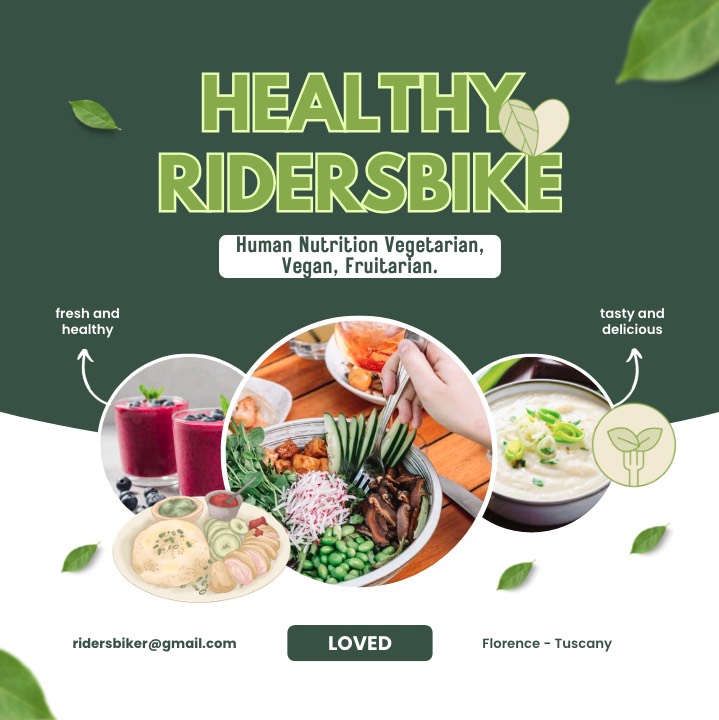Soy producing countries

The main soy producing countries in the world are Brazil, the United States of America, Argentina, China and India. Brazil is the largest producer with a production of 134,934,935 tonnes per year, followed by the United States with 120,707,230 tonnes and Argentina with 46,217,911 tonnes.
In Europe, soy is mainly used as fodder for the breeding of animals for slaughter, sheep, pigs and poultry, as only a small part of the world’s soy production reaches the tables of European consumers.
About 75% of the soybeans produced in the world end up in the feeders of animals intended for the production of meat, milk and eggs.
In addition, soy is a mandatory ingredient to be labelled in packaged foods in the European Union, as it is considered an allergen.
Direct soya consumption in Europe is limited, with soya milk often used as an alternative to cow’s milk in vegan diets or for those who are lactose intolerant. However, following a ruling by the European Court on 14 June 2017, the term “soya milk” can no longer be used to refer to plant-based products within the EU, except for almond and coconut milk.
Soya drink can be produced in Europe, as demonstrated by the case of Alpro, a Danone brand that produces its soya-based plant-based drink in France. The soya used by Alpro is ProTerra certified, non-GMO and grown in France, while the drink is carefully processed at their facilities in Issenheim, France.
Additionally, there are Italian companies such as Alce Nero that produce plant-based drinks based on soya grown in Italy. Alce Nero’s soya-based plant-based drink is made with organic soya beans grown in Italy.
So, both in France and in Italy, there are companies that produce soy-based drinks within the European Union.
Vegetarians can, however, consume soy directly through products such as tofu, soy yogurt and other soy-based foods, the average annual consumption of which is approximately 3.5 kg per person.
Soybean cultivation in Italy shows significant annual fluctuations, with a record 300 thousand hectares cultivated in 2022, mainly in the Northeast of the country.
Soybean in Italy: Soybean is mainly cultivated in the Northeast, with Veneto cultivating 146 thousand hectares in 2022, followed by Friuli Venezia Giulia with approximately 80 thousand hectares.
Indirect Consumption: 90% of soybean consumed in Italy is present in the feed of livestock, such as chicken, salmon, pork, eggs and cheese.
Production: In 2022, soybean production in Italy stood at 905,699 tons, exceeding the 2021 harvest which stopped at 886,566 tons.
Cultivated areas: The areas cultivated with soybeans in Italy have shown significant fluctuations, with the minimum recorded in 2008 with only 107,795 hectares and a peak in 2022 with 300 thousand hectares.


















